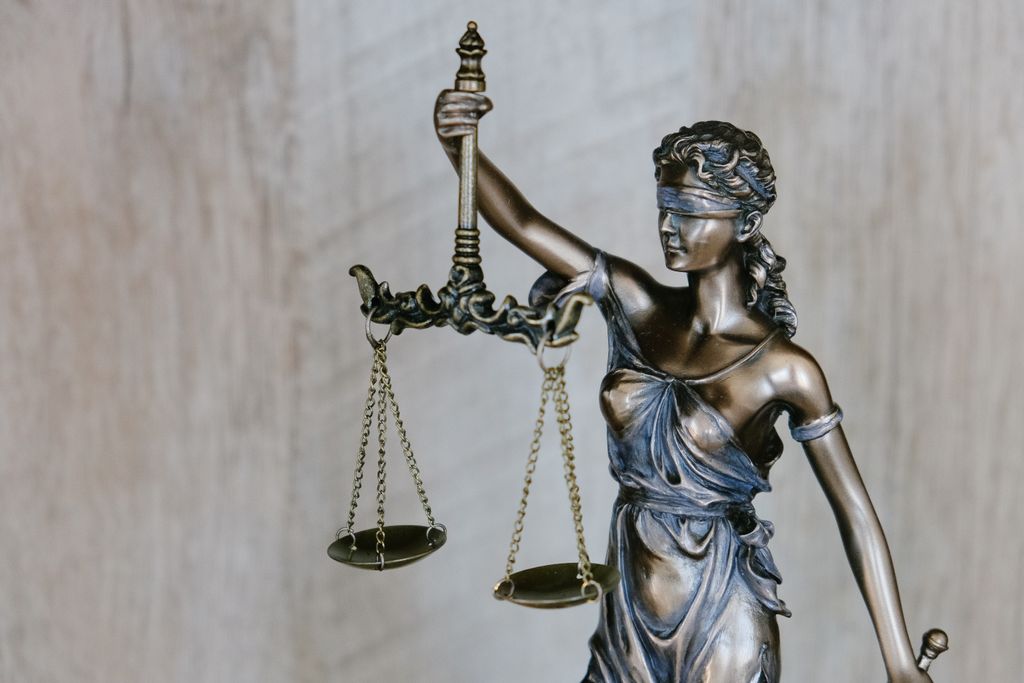When it comes to B2B dispute resolutions and collections, having effective strategies in place is crucial for successful outcomes. In this article, we will explore key strategies that businesses can implement to resolve disputes and collect outstanding debts in a B2B setting.
Key Takeaways
- Thorough investigation and assessment are essential for determining the best course of action in dispute resolution and collections.
- Recommendations for resolution should be based on a comprehensive evaluation of the case and debtor’s assets.
- Consideration of legal action should be a strategic decision made after weighing the options and potential costs involved.
- Having a clear understanding of the recovery process, including the possibility of litigation, is important for informed decision-making in B2B disputes.
- Effective communication and follow-up with debtors can play a significant role in reaching a resolution and recovering funds.
Strategies for B2B Dispute Resolutions
Thorough Investigation and Assessment
After a thorough investigation and assessment, a clear path to resolution begins to emerge. Decisive action is paramount; whether to close the case or proceed with litigation is a critical decision. If the likelihood of recovery is low, closure is advised, incurring no costs. Conversely, opting for legal action necessitates upfront fees, typically ranging from $600 to $700.
The choice to litigate or continue standard collection efforts hinges on the assessment’s outcome. Each step, from initial contact to potential legal proceedings, is meticulously planned to maximize recovery chances.
The fee structure is straightforward and contingent on recovery success:
- For 1-9 claims, rates vary based on the age of the account and the amount collected.
- For 10 or more claims, reduced rates apply, rewarding volume submissions.
| Number of Claims | Accounts < 1 Year | Accounts > 1 Year | Accounts < $1000 | Attorney Placed |
|---|---|---|---|---|
| 1-9 | 30% | 40% | 50% | 50% |
| 10+ | 27% | 35% | 40% | 50% |
The decision to pursue litigation or not will shape the subsequent strategy and potential financial implications for your business.
Recommendation for Resolution
After a meticulous review, our firm will present a clear path forward. Decisive action is paramount, whether it’s closing the case or proceeding with litigation. The choice is yours, but the implications are significant.
- Closure: If recovery seems unlikely, we advise to close the case, incurring no fees.
- Litigation: Should you opt for legal action, upfront costs apply. These range from $600 to $700, typically covering court and filing fees.
The decision to litigate is not to be taken lightly. It involves an assessment of potential recovery against the upfront legal costs and the impact on business relationships.
Our fee structure is transparent and competitive, with rates varying based on claim age, amount, and volume. Here’s a snapshot:
| Claims Submitted | Accounts < 1 Year | Accounts > 1 Year | Accounts < $1000 | Attorney Placed |
|---|---|---|---|---|
| 1-9 | 30% | 40% | 50% | 50% |
| 10+ | 27% | 35% | 40% | 50% |
Remember, if litigation does not result in recovery, you owe nothing further. The goal is to balance the pursuit of debts with the cost-effectiveness of each action taken.
Legal Action Consideration
After a meticulous review, if litigation is deemed the viable path, the decision rests with you. Choose wisely—litigation is a commitment of time and resources. Should you opt out, alternative methods like continued collection efforts remain at your disposal.
Costs are a critical factor. Be prepared for upfront legal expenses, which vary by jurisdiction but generally fall between $600 to $700. These cover court costs, filing fees, and more. A table of our competitive collection rates is provided for your reference:
| Claims Quantity | Age < 1 Year | Age > 1 Year | < $1000 | Attorney Involved |
|---|---|---|---|---|
| 1-9 | 30% | 40% | 50% | 50% |
| 10+ | 27% | 35% | 40% | 50% |
In the event of unsuccessful litigation, rest assured, you owe nothing further to our firm or affiliated attorney.
Remember, the goal is resolution, not escalation. Weigh the potential outcomes and financial implications before proceeding. Our team is here to guide you through each step, ensuring your interests are safeguarded throughout the process.
Frequently Asked Questions
What is the process for resolving B2B disputes?
The process involves thorough investigation and assessment, recommendation for resolution, and consideration of legal action.
What happens if recovery is not likely after investigation?
If recovery is not likely, the case will be recommended for closure and there will be no fees owed to the firm or affiliated attorney.
What are the options if litigation is recommended?
The options include proceeding with legal action by paying upfront legal costs or withdrawing the claim with no fees owed.
What are the rates for collection services based on the number of claims submitted?
Rates vary depending on the number of claims and the age of the accounts, ranging from 27% to 50% of the amount collected.
What is included in the Phase One of the Recovery System?
Phase One includes sending letters to debtors, skip-tracing, contacting debtors for resolution, and escalating to Phase Two if necessary.
What actions are taken in Phase Two of the Recovery System?
Phase Two involves drafting demand letters, contacting debtors by phone, and escalating to legal action if attempts to resolve the account fail.





